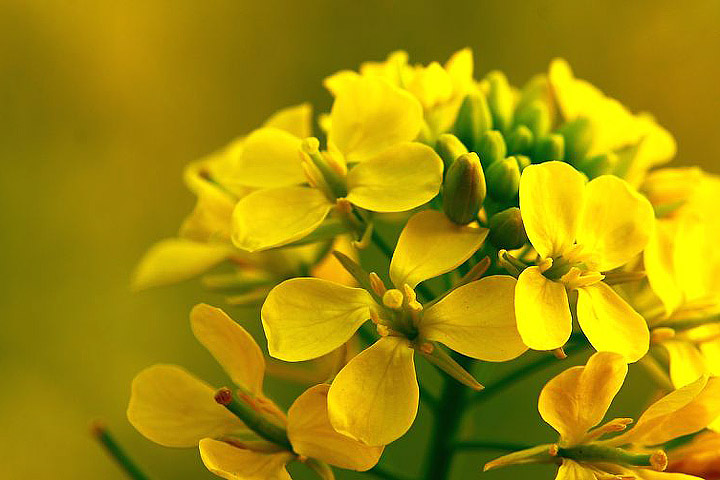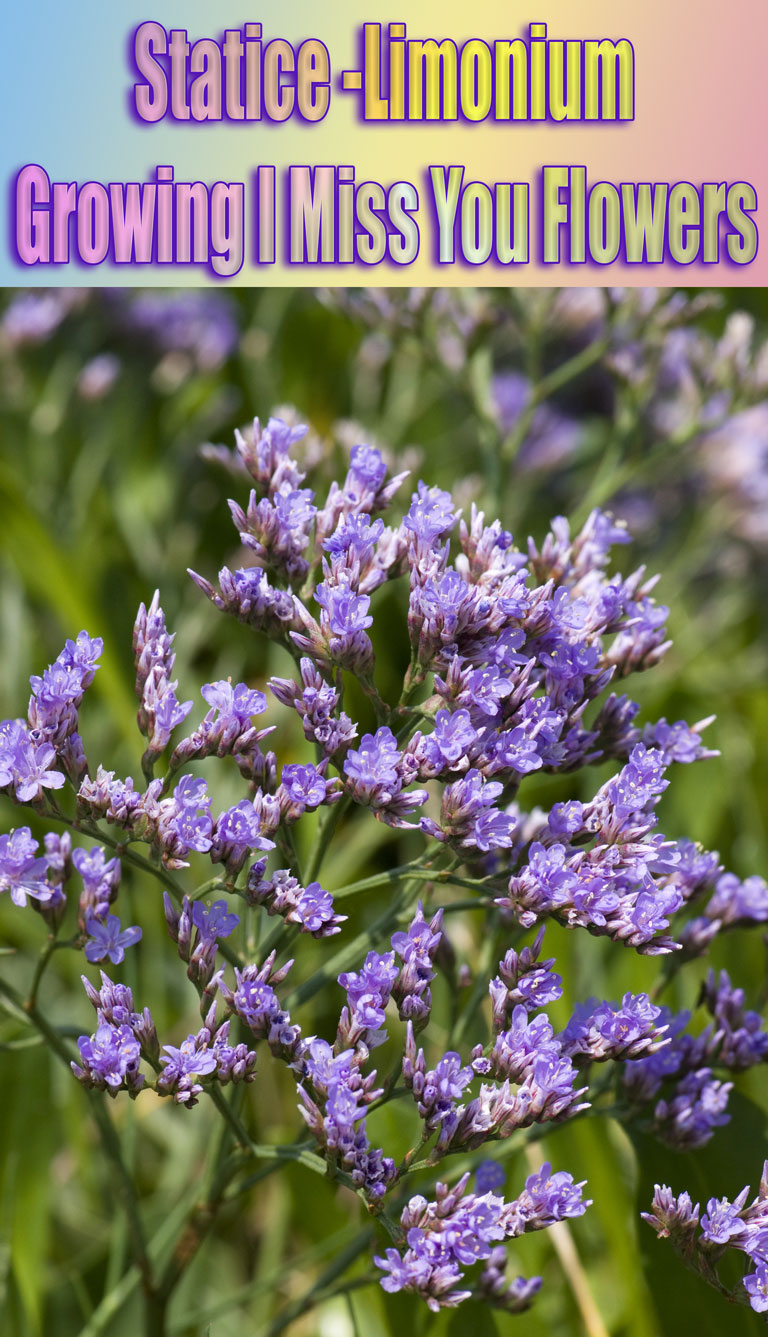
Home gardeners love this easy, fast growing, cool weather crop. As you would expect, the leaves have a sharp, mustard taste. Greens are great raw, in salads, or as a cooked greens. They are nutritious, and healthy for you and your family.
Mustard is cool-season leaf crop. Sow mustard as early as 4 to 6 weeks before the average last frost date in spring. Sow succession crops every 4 to 6 weeks. Mustard requires 30 to 40 days to reach harvest. Plant crops so that they come to harvest before temperature average greater than 75°F. Sow mustard in autumn or early winter in mild winter regions.
Description
Mustard is a hardy leaf vegetable with a rosette of large light or dark green curly leaves that grow to 3 feet tall. Leaves and leaf stalks are eaten and have a peppery flavor. The seeds can be ground and used as a condiment.
Yield
Plant 6 to 10 plants per household member.
Site
Grow mustard plants in full sun or partial shade. Plant them in well-worked, well-drained soil rich in organic matter. Add aged compost to planting beds before planting. Mustard prefers a soil pH of 5.5 to 6.8.
Planting time
Sow as early as 4 to 6 weeks before the average last frost date in spring. Sow succession crops every 4 to 6 weeks. Mustard requires 30 to 40 days to reach harvest. Plant crops so that they come to harvest before temperature average greater than 75°F. Sow mustard in autumn or early winter in mild winter regions. Seeds may be slow to germinate if the soil is too coo, 40°F or less. Mustard grown in hot weather or long days will bolt and go to seed.

Planting and spacing
Sow seed ½ inch deep; when seedlings are large enough to handle thin them from 4 to 8 inches apart; space rows 12 to 24 inches apart.
Water and feeding
Keep soil evenly moist to keep leaves growing quickly. Use plenty of water, and ample amounts of fertilizer, to promote fast growth of tender, green leaves. Do not allow the soil to dry out. Add aged compost to planting beds before sowing. Side dress plants with aged compost at mid season.
Companion plants
English peas, snap peas.
Care
Keep planting beds weed free. Pull mustard from the garden as soon as it goes to seed to avoid prolific self seeding.
Container growing.
It can easily be grown in a container. Broadcast seeds over the soil surface and cover lightly with soil. Thinnings can be eaten.
Pests and Diseases
Mustard can be attacked by flea beetles and aphids. Wash these pests away with a blast of water. It is susceptible to white rust. Remove leaves that have white rust. Water plants at the base of the stem keeping moisture off the leaves.
Harvest
Mustard greens are eaten raw, or cooked. Pick individual leaves when they are young and tender, 3 to 4 inches long, or cut and use the entire plant. Complete the harvest before the weather grows hot; hot weather will cause leaves to become tough and strong flavored. Complete the harvest before the plant goes to seed.
Varieties
Curled:
- Fordhook Fancy (40 days);
- Red Giant (23 days);
- Green Wave (45 days);
- Southern Giant Curled (40 days).
Plain Leaf:
- Florida Broad Leaf (43-50 days);
- Tendergreen (34-40 days).
Oriental Cabbage-green stalks:
- Chinese Pac Choi (60 days);
- Choi Sum (60 days);
- Dai Gai Choy (65 days).
Oriental Cabbage-white stalks:
- Bok Choi (45-60 days);
- Chinese Flat Cabbage (40 days);
- Green-In-Snow (45 days); J
- oi-Choi (45-50 days).
Storing and preserving
It will keep fresh in the vegetable compartment of the refrigerator for 2 to 3 weeks. Mustard leaves can be frozen or dried, while seeds can be sprouted.




Leave a Reply